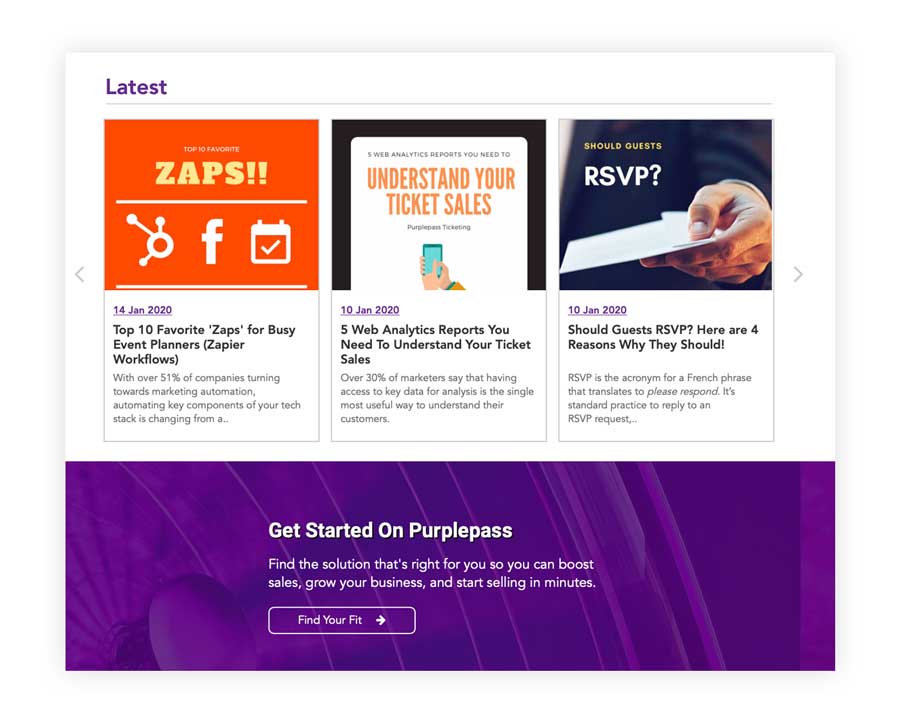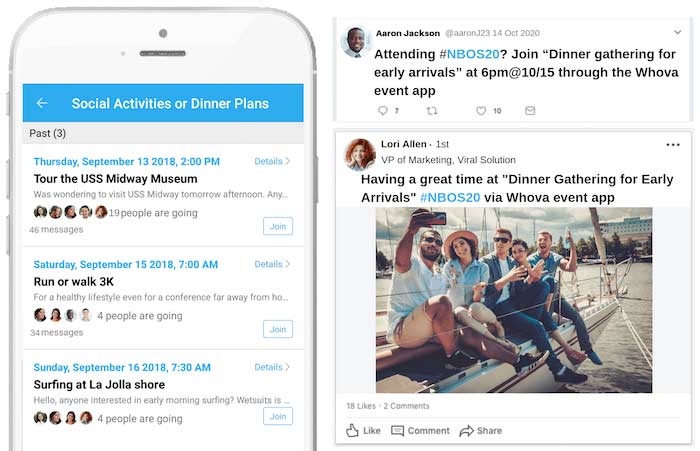Break the Email Marketing Trend: 4 Ways to Communicate With Leads That Isn't Via Email
Plenty of business owners, managers and event planners fall into the trap of assuming ongoing contact with those on their email list will suffice.
Though emailing prospective clients and former clients is important, it is not enough in and of itself to garner ample attention for your event or other value offering.
Even if the bulk of your marketing has been conducted through email in the past, it will pay considerable dividends to branch out through other avenues.
Let’s take a quick look at some other helpful ways to engage leads.
1. Use content to communicate with target customers
Prospective event-goers check much more than their email.
These individuals surf the web just like everyone else.
If you contact potential attendees through online content such as a blog, an online guide, ebooks, or website content, you will further cultivate the relationship beyond sales.
Use your online content as an avenue to put your expertise and the merits of your event on display.
Even if you subtly tout the benefits of your upcoming event, it will plant a seed in the minds of the readers, making them that much more likely to attend the event or recommend it to a friend.
The key is to present informative and helpful content that presents you and your group as legitimate experts in your field.
Use your online content to reinforce your authority and will be that much easier to convince prospective event attendees to buy tickets and spread the word to other potentially interested parties.

2. Create a podcast or webinar
Some people respond better to video and audio as opposed to the written/typed word.
If you have not yet created a podcast and/or webinar for your upcoming event(s), the time to do so is now.
Communicate your industry expertise along with the benefits of attending your upcoming event in a podcast and/or webinar and your sales will gradually increase.
The beauty of podcasts is they can be played on earbuds and headphones when prospective customers are exercising, working, shopping or engaging in another activity.
If you hold a webinar, it should be recorded and easily accessible through streaming and/or download so interested parties can learn more about the upcoming event without carving out time in their schedule to listen/watch a live webinar.
3. Connect on social
Something as simple as a social media posts will ramp up interest in your upcoming event.
However, the social media post should not be an explicit, over-the-top advertisement for the event. It is best to use social media platforms as subtle means of advertising.

Tout the merits of the upcoming event with informative social media posts and your followers will be inclined to share your posts with others and most importantly, attend the event.
If your initial sales figures disappoint, consider building a social media plan using ads.
These ads will be presented to a large audience, maximizing your event’s exposure and ultimately helping to sell that many more tickets.
4. Traditional mail and follow-ups
There is no harm in sending “snail mail” through the United States Postal Service.
After all, a mailed advertisement will probably be placed on the kitchen counter, table or elsewhere, heightening the chance of one or several household members reading it.
Though no one looks forward to cold calling prospects, this approach has the potential to work.
Even if cold calling does not immediately hike ticket sales, it will raise awareness of your upcoming event, increasing the chances that locals will at least discuss the event.
|
Want to learn more? Get weekly marketing tips, planning |






